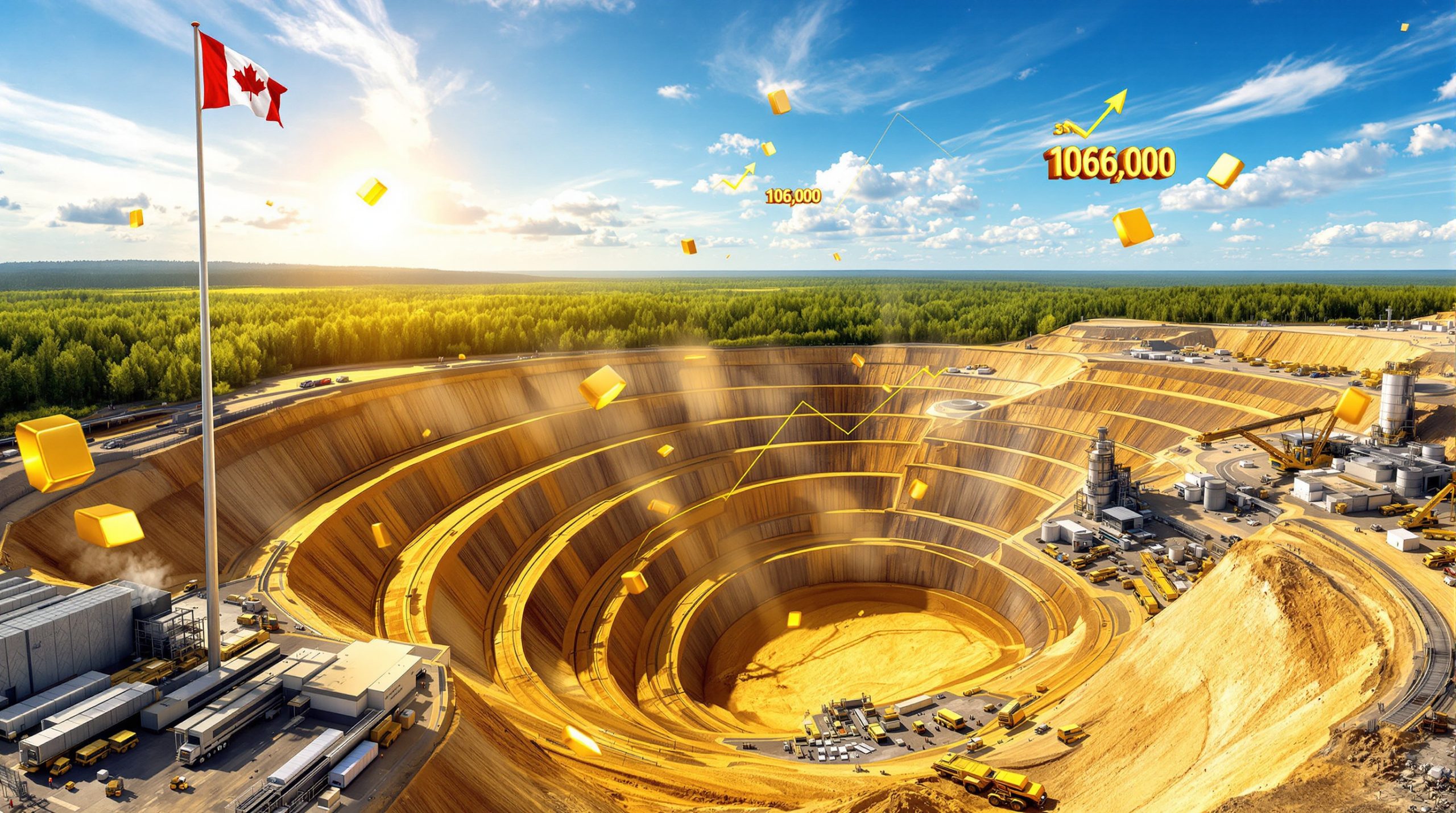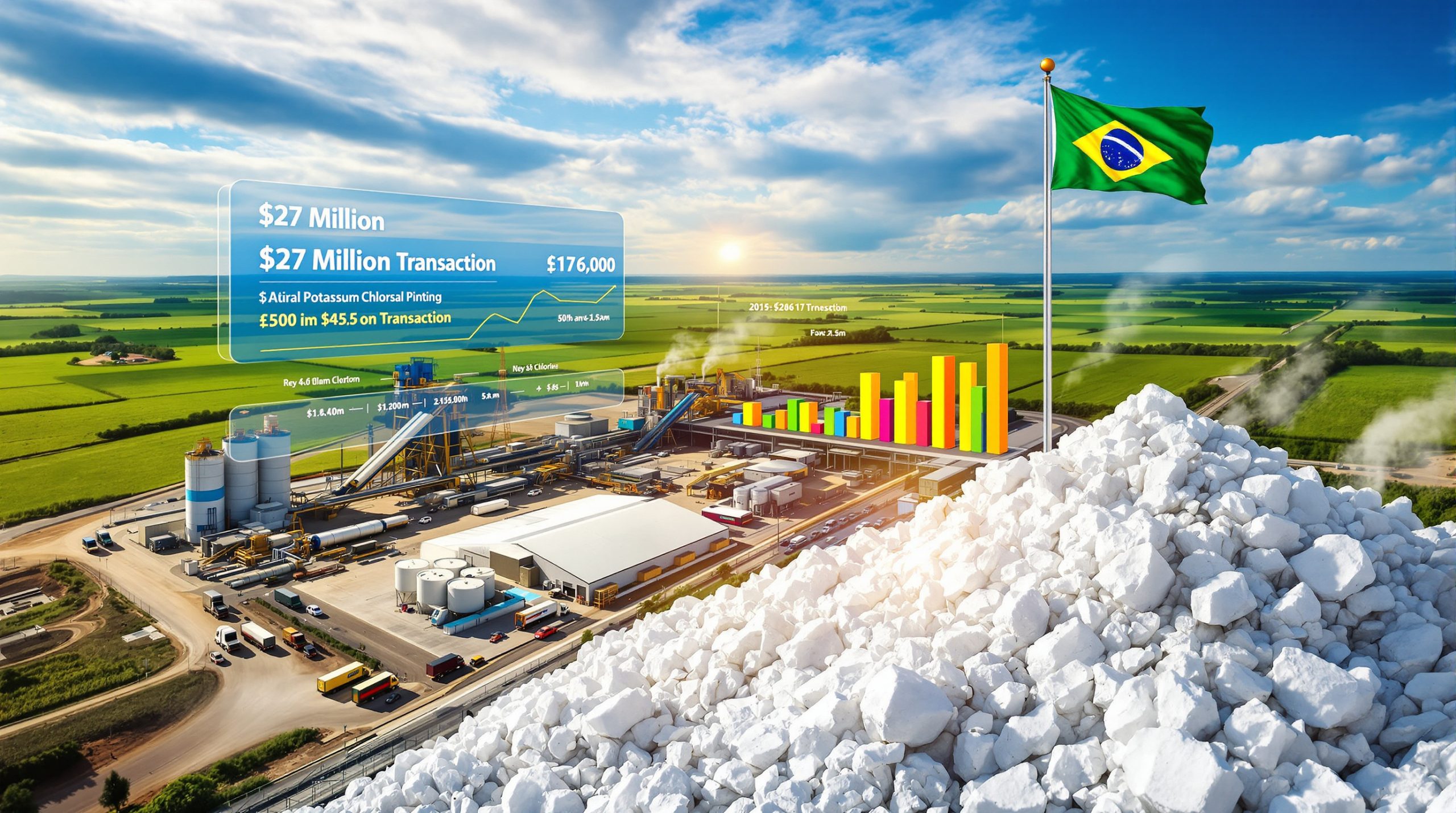The Gold and Silver Market in 2025: Price Trends, Forecasts, and Investment Outlook
The precious metals market in 2025 is characterized by unprecedented volatility and strategic geopolitical maneuvers. Gold has shattered previous resistance levels, reaching historic highs above $3,500 per ounce, with major financial institutions like JP Morgan forecasting $4,000 by year-end. Silver, while more stable, hovers between $32–33, poised for potential breakout momentum. BRICS nations, particularly China and Russia, are aggressively accumulating gold to challenge the US dollar's dominance, while uncertainties surrounding US gold reserves and mining sector valuations add layers of complexity. This report analyzes these dynamics, offering insights into price drivers, geopolitical influences, and investment strategies shaping the gold and silver prices market.
What's Driving Record Gold Prices in 2025?
Breaking Through Previous Resistance Levels
Gold's surge past $3,500 in early 2025 marked a watershed moment, defying earlier projections. JP Morgan's revised $4,000 target reflects renewed institutional confidence, fueled by currency devaluations and central bank acquisitions. The metal's resilience during corrections—such as its rebound from a mid-year dip to $3,300—underscores its role as a safe-haven asset. Analysts attribute this momentum to a confluence of macroeconomic pressures, including inflationary risks and equities market instability.
Expert Price Targets and Fair Value Assessment
AU AG Fund's fair value model places gold at $4,290, suggesting significant upside potential even at current levels. Eric Strand, the fund's lead analyst, emphasizes that prices below this threshold represent strategic buying opportunities, a stance reinforced by historical precedents like the 2011 peak. This valuation accounts for systemic risks in fiat currencies and the metal's shrinking above-ground liquidity.
Geopolitical Tensions and Currency Concerns
Tariff wars and competitive devaluations have intensified gold's appeal. China's potential yuan devaluation, aimed at offsetting US tariffs, has spurred domestic investors to flock to gold as a hedge. Meanwhile, the US dollar's status as the global reserve currency faces unprecedented scrutiny, with BRICS nations openly challenging its hegemony through alternative payment systems and gold-backed trade agreements.
How Are BRICS Nations Influencing Precious Metals Markets?
Strategic Gold Accumulation by China and Russia
China's policy mandating banks and insurers to increase gold holdings has created structural demand, with reserves growing by approximately 15% annually since 2023. Russia, leveraging energy exports, has redirected a significant portion of its trade surplus into gold, aiming to insulate its economy from Western sanctions. Combined, BRICS nations now hold over 40% of global gold reserves, reshaping supply-demand dynamics for gold and silver prices.
The Currency War Behind the Scenes
The US dollar's dominance is increasingly contested, with BRICS advancing initiatives to settle trade in local currencies or gold. Eric Strand notes that nations attempting to bypass the dollar—such as Iraq in 2003 and Libya in 2011—faced severe repercussions, highlighting the high stakes of this geopolitical pivot. Current efforts focus on establishing multilateral clearing mechanisms to reduce SWIFT dependency, a move that could amplify gold's monetary role.
Alternative Payment Systems Development
BRICS-led platforms like the Contingent Reserve Arrangement (CRA) aim to facilitate gold-backed transactions, circumventing dollar-centric systems. These systems, still in nascent stages, could elevate gold from a reserve asset to an active settlement tool, particularly in commodity trades.
What's Happening with Silver Prices and Market Dynamics?
Silver's Price Stability and Breakout Potential
Silver's consolidation between $32–33 reflects balanced industrial and investment demand. Analysts anticipate a surge past $35, which could trigger algorithmic trading algorithms and retail investor FOMO. The metal's historical volatility—exemplified by its 2020 rally from $12 to $30—suggests similar upside potential if industrial shortages materialize.
Industrial Demand and Supply Constraints
Over 60% of silver demand originates from industrial applications, including solar panels, electronics, and 5G infrastructure. Mining output, however, has stagnated due to underinvestment and geopolitical bottlenecks in key producing regions like Mexico and Peru. The resulting deficits, projected to exceed 150 million ounces annually by 2026, could strain physical inventories and significantly impact gold and silver prices.
Investment Strategy Considerations
Eric Strand advises accumulating silver positions pre-breakout, given its propensity for rapid price escalations. European investors, benefiting from dollar weakness, have realized 30% returns in mining stocks versus 10% in physical silver, illustrating the leverage inherent in equities.
Are US Gold Reserves Properly Accounted For?
Historical Context of Fort Knox Gold
US reserves have halved since the Vietnam War era, declining from 16,000 tons to 8,000 tons following the 1971 gold standard abandonment. The absence of comprehensive audits since then has fueled speculation about leased or encumbered gold, with Strand noting that leased metal remains on official ledgers despite ownership transfers.
Leasing Arrangements and Ownership Questions
Leasing agreements, common among central banks, allow the US to retain physical gold while transferring ownership rights—a practice that could backfire if counterparties demand delivery during shortages. Such arrangements obscure true reserve levels, complicating market stability assessments.
Market Implications of Reserve Uncertainty
Even marginal supply disruptions could destabilize markets, given gold's role as a crisis hedge. China's aggressive acquisitions—reportedly exceeding 200 tons monthly—heighten these risks, potentially triggering a liquidity crunch that would dramatically affect gold and silver prices worldwide.
How Are Mining Stocks Performing Relative to Metal Prices?
Valuation Disparities and Investment Opportunity
Mining equities trade at a 40% discount to historical price-to-cash-flow ratios, despite record gold prices. Improved operational discipline—evidenced by stable energy costs and selective M&A—has bolstered free cash flow, enabling dividend hikes and buybacks.
Regional Investment Performance Differences
European mining stocks have outperformed physical gold by 3:1 in 2025, buoyed by dollar depreciation and ESG-driven investor preferences. This divergence underscores the sector's leverage to macroeconomic trends and currency fluctuations.
Cost Stabilization and Operational Improvements
After grappling with 2022–2023 cost inflation, miners have stabilized all-in sustaining costs (AISC) at $1,200–$1,300 per ounce, aided by renewable energy adoption and automation. This cost control has significantly improved profit margins as gold and silver prices continue to rise.
What Could Trigger the Next Phase of the Precious Metals Bull Market?
Potential Investor Rotation from Traditional Markets
As global equity indices stagnate, a 5–10% portfolio reallocation into gold could inject $2 trillion into the sector, propelling prices beyond $4,500. Strand emphasizes that such rotations often occur abruptly, catching passive investors off-guard.
Merger and Acquisition Activity
Sector consolidation has accelerated, with majors acquiring juniors to replenish reserves. Recent deals, like Barrick's acquisition of a mid-tier copper-gold producer, highlight the focus on tier-one assets in stable jurisdictions.
Supply Chain Security Concerns
Governments increasingly view precious metals as strategic resources, incentivizing domestic mining through tax breaks and permitting reforms. Projects in Canada and Scandinavia now command 20–30% valuation premiums over comparable assets in riskier regions, reflecting the growing importance of secure supply chains for gold and silver prices stability.
FAQ About Gold and Silver Prices
Will gold reach $4,000 per ounce in 2025?
Analysts at AU AG Fund and JP Morgan consider $4,000 achievable, driven by currency crises and institutional demand. The trajectory of gold prices suggests this milestone could be reached before year-end, especially if geopolitical tensions escalate further.
What factors could trigger a silver price explosion?
A breach of $35 resistance, coupled with industrial shortages, could propel silver to $50 within weeks. The relatively small size of the silver market makes it particularly susceptible to supply-demand imbalances when industrial and investment demand coincide.
How do tariffs impact precious metals markets?
Tariffs spur currency devaluations and safe-haven demand, indirectly boosting gold and silver prices. The uncertainty created by trade restrictions typically drives investors toward tangible assets with intrinsic value.
Are mining stocks a better investment than physical metals?
Mining equities offer leverage but carry operational risks. A 60:40 physical-to-stocks ratio balances growth and safety. This diversified approach allows investors to benefit from both the stability of physical metals and the growth potential of well-managed mining companies.
Conclusion
The 2025 precious metals market is defined by geopolitical realignments, supply constraints, and institutional repositioning. Investors must navigate these dynamics with a blend of physical holdings and select equities, capitalizing on structural shifts in global finance. As Strand concludes, "Gold's fair value isn't a ceiling—it's a foundation for the next leg up" in gold and silver prices.
For the most up-to-date information on precious metals pricing, investors can monitor live gold price charts or track comprehensive market updates from reputable sources. Furthermore, those looking ahead to future market conditions should review the comprehensive gold market outlook for 2025 to better position their investment portfolios.
Note: This analysis is based on market conditions as of 2025 and contains forward-looking statements. Actual gold and silver prices may vary due to unforeseen economic or geopolitical developments.
Ready to Capitalise on the Next Major Mineral Discovery?
Stay ahead of the market with real-time alerts on significant ASX mineral discoveries through Discovery Alert's proprietary Discovery IQ model, which transforms complex mineral data into actionable insights for investors seeking precious metals opportunities. Understand why discoveries like those mentioned can generate substantial returns by visiting Discovery Alert's dedicated discoveries page and begin your 30-day free trial today.




